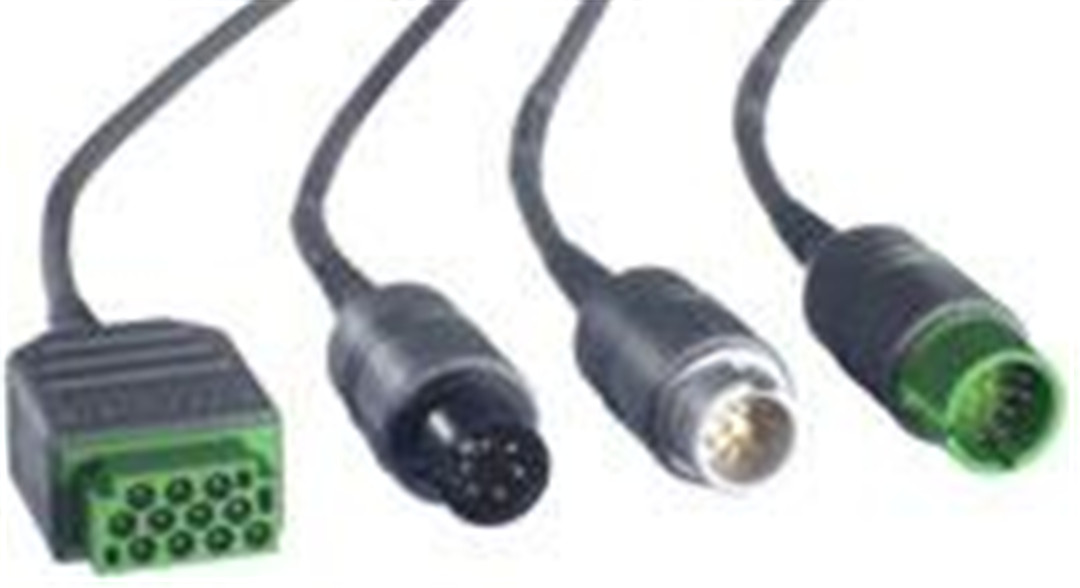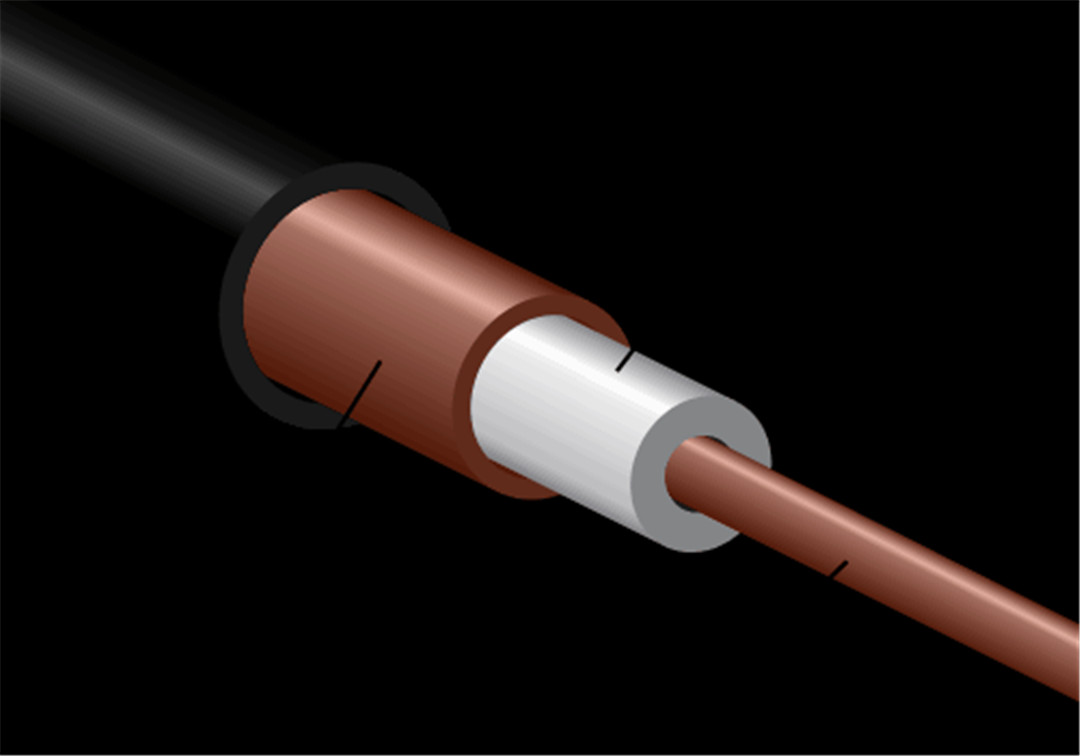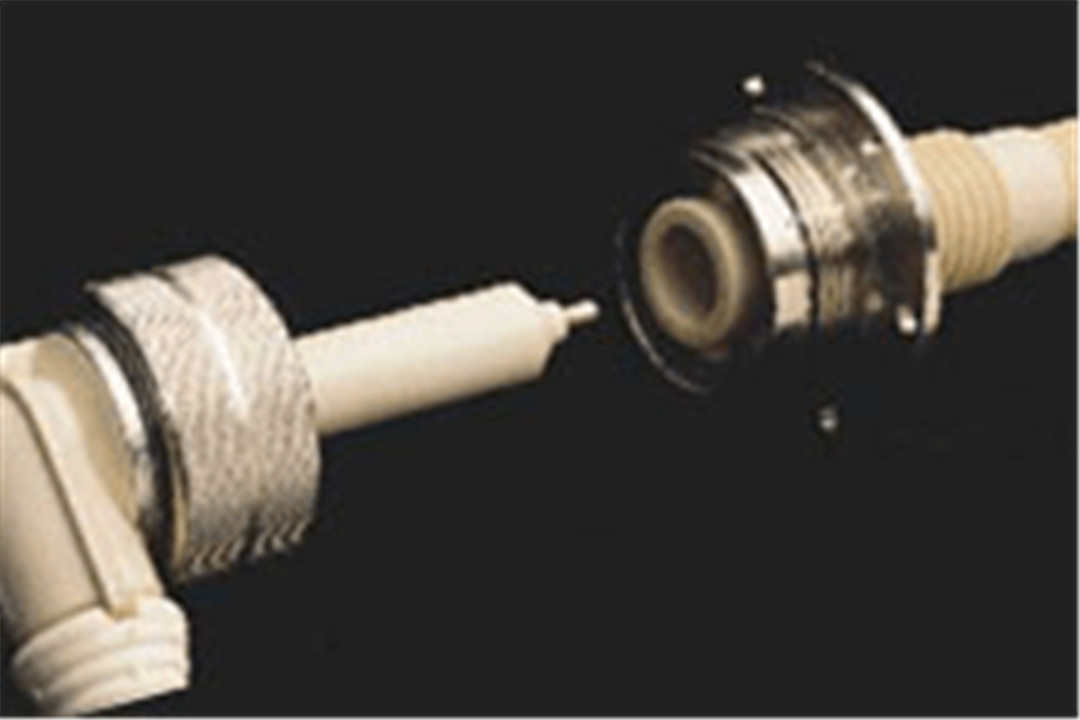Medical cable assemblies are designed to connect medical and laboratory instruments and equipment. They transmit power and/or data and usually have an abrasion-resistant jacket that provides relatively low surface friction and mechanical durability. Many are designed with a high degree of flexibility to avoid kinking, and temperature-resistance to withstand autoclave sterilization. Some are disposable.

Like other cable harnesses, medical cable assemblies consist of individual cables that are banded into a single unit with connectors on at least one end. Medical cables typically comply with application-specific safety and regulatory standards, however, such as ISO 10993-1 for the biological evaluation of medical devices. If the outer jacket of a medical cable assembly will come into contact with a patient’s body, buyers should select products where biocompatible materials are used.
Types
There are three major categories of medical cable assemblies: equipment and sub-assembly interfaces, communication interfaces, and patient interfaces.
Equipment and sub-assembly interfaces are installed as original equipment and generally replaced only in case of retrofits or upgrades. Often, this type of cable assembly is used with nuclear imaging devices.
Communications interfaces use fiber optic, modular local area network (LAN), or serial cables. RS-232, RS-422, RS-423, and RS-485 cables are all used in medical applications.
Patient interfaces consist of durable cables that typically require replacement several times during the life of the medical equipment. Sometimes, these assemblies require performance upgrades. Alternatively, they may become damaged by age or repeated use.
Within the category of patient interface cables, there are several sub types.
Long-life patient interfaces include medical cable assemblies for ultrasound imaging and ECG diagnostic testing. These cables are durable, flexible and wear-resistant.
Limited-use interfaces include ICU and CCU monitor cables, as well as ECG diagnostic leads. These medical cables are damaged by repeated mechanical stress and exposure to cleaning chemicals, but are designed to last until scheduled replacement.
Use-only interfaces include catheters, electro-surgical devices, fetal monitoring cables, and neural simulator lead sets. They are sterilized and packaged in kits, and designed to be discarded instead of cleaned after use.
When selecting patient-interface products, buyers should consider the cost of replacement vs. cleaning these medical cable assemblies.
Connectors
The Engineering360 SpecSearch database contains information on several types of medical cable assembly connectors.
BNC connectors are secure bayonet-style locking connectors, commonly used with A/V equipment, professional test equipment, and older peripheral devices.
DIN connectors adhere to standards from Deutsches Institut für Normung, a German national standards body.
Digital visual interface (DVI) connectors cover the transmission of video between a source and a display. DVI connectors may transmit analog (DVI-A), digital (DVI-D), or analog/digital (DVI-I) data.
RJ-45 connectors are commonly used to transmit serial data.

Shielding
Cable assemblies may feature a type of electromagnetic shielding material, which is wrapped around the cable assembly underneath the outer jacket. Shielding serves to prevent electrical noise from affecting the transmitted signal, and to reduce electromagnetic radiation emission from the cable itself. Shielding is typically comprised of metal braiding, metal tape or foil braiding. A shielded cable assembly may also feature a special grounding wire known as a drain wire.
Gender
Cable assembly connectors are available in multiple gender configurations. Male connectors, sometimes called plugs, consist of a protrusion which fits into the female connector, sometimes known as a receptacle.
Common cable assembly configurations include:
Male-Male: both ends of the cable assembly terminate in a male connector.
Male-Female: the cable assembly features a male connector on one end and a female on the other.
Female-Female: both ends of the cable assembly terminate in a female connector.

Post time: Mar-25-2022

